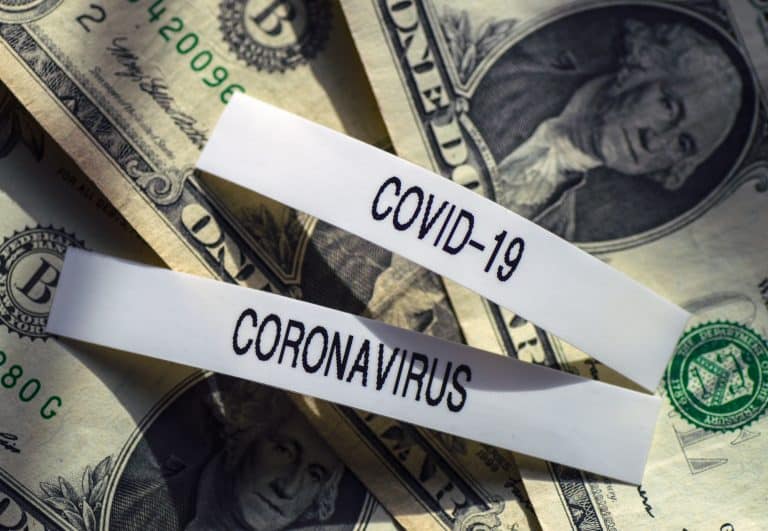On Tuesday, the Kandiyohi County Board of Commissioners unanimously approved the disbursal of $314,000 in the second round of Minnesota Pandemic Relief (MPR) grants to local establishments reeling from the last round of COVID-19 related shutdowns.
“The applications are still coming in,” said Jean Spaulding, who is overseeing the MPR grant disbursement.
MPR program is a joint effort between the county and the Kandiyohi County and city of Wilmer Economic Development Commission (EDC) to funnel the $852,437 the county received from a $242 million deal passed by the Minnesota lawmakers last December to provide grants directly to bars, restaurants and other venues that Gov Tim Walz ordered closed in mid-November to combat COVID-19 cases spiking across the state.
Applicants are broken into three tiers, with the Tier 1 – who did not qualify for the Minnesota Department of Revenue Business Relief Payments that were part of the same $242 million relief deal – taking top priority. Tier 1 includes hotels, restaurants, bars and other establishments that have been hit particularly hard by the pandemic that have had at least a 20% reduction in their quarter four sales. Tier 2 consists of businesses that would have received Business Relief Payments, but did not qualify because they filed their taxes under a single Employer Identification Number; and businesses with an event centered connected. Tier 3 consists of businesses and nonprofits that suffered at least a 20% reduction in revenue in the fourth quarter and will be awarded grants on a first-come, first-served basis.
This second round of funding will go to 15 businesses that are in both the Tier 1 and 2 categories. They include eight bars and restaurants, seven hotels, three event centers and two fitness centers. Among the average revenue losses reported in the applications is 44%, the one reported income loss as high as 81% according to Spaulding.
Having already spent around $550,000, there are only two more County Boards To spend the remaining $300,000 from the funds. The EDC will continue to focus on getting funding to Tier 2 businesses, though they are already receiving applications from Tier 3 businesses.
“There’s finite resources and so again I think we have to prioritize those [to where] the legislation was directed…I think we are really trying to stay true to that and look at those businesses as they come in,” Spaulding said.
The tier system allows businesses most impacted by the closures to be a top priority for relief, said Spaulding.
The MPR program is modeled after the EDC’s Coronavirus Relief Program (CRP) which administered $3.5 million in Coronavirus Aid, Relief and Economic Security Act, or CARES Act, relief last year to local businesses and nonprofits suffering from the COVID-19 pandemic and economic recession. However, the MPR program will be much more targeted than the CRP program, which aimed to assist businesses impacted in any way by the pandemic.
To be eligible for assistance, applicants must be registered with the Minnesota Secretary of State and have been in operation since last Jan. 1, 2020; be in good standing with the state and have no outstanding taxes; have a brick-and-mortar location within the county; and can expect to have an annual revenue of at least $20,000.
Only select types of businesses will qualify for the MPR grants, with businesses deemed unaffected by the pandemic – such as car dealers and law firms – being ineligible.
Unlike the CRP program which ran for three months, the MPR program will last only six weeks. The county must have all funding accounted for by March 15, so the application deadline for the program is Feb. 17.
Lakes Area Review by Macklin Caruso, Reporter

